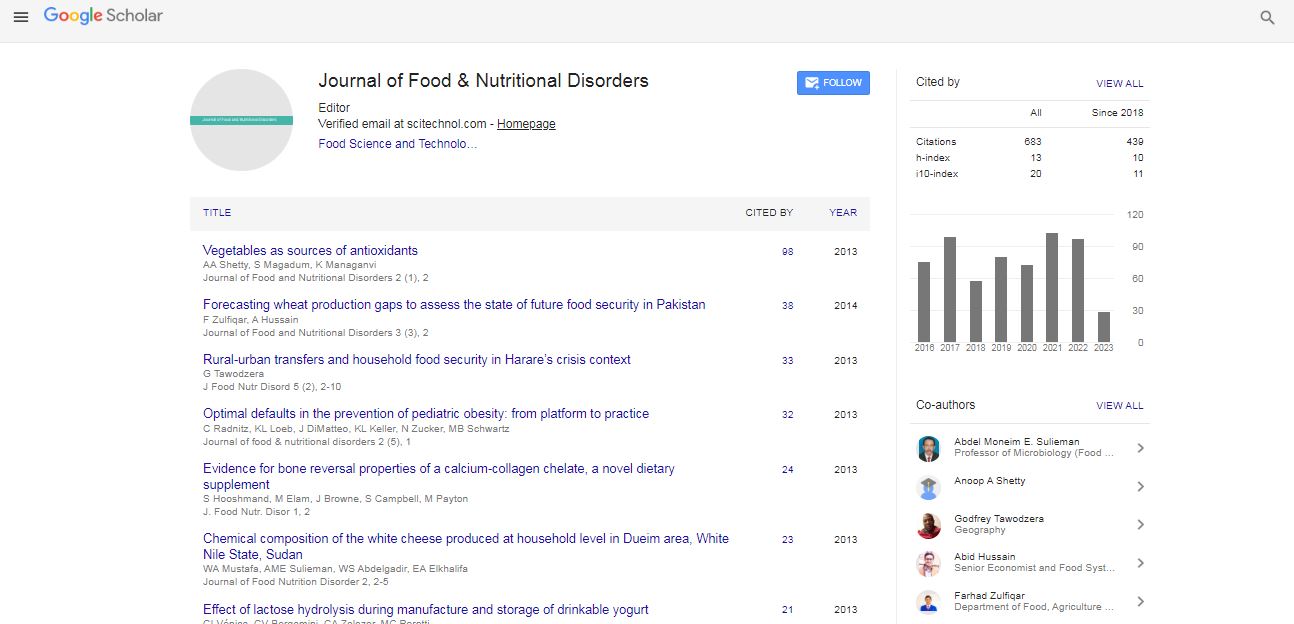Low Degree of Steatosis in Mice Fed Fructose in the Feed: Effects of Lactobacillus Plantarum or Escherichia Coli on the Drinking Water
Low Degree of Steatosis in Mice Fed Fructose in the Feed: Effects of Lactobacillus Plantarum or Escherichia Coli on the Drinking Water
Objective: Nonalcoholic fatty liver disease (NFALD) is associated with the microbiota composition and increased intestinal permeability. The increasing incidence of NAFLD has been linked to the increased consumption of sweetened beverages and recent data indicate different metabolic fate of fructose depending of source and way of intake. In the present pilot study a modified model of fructose induced NAFLD was evaluated and effects of lactobacilli and Escherichia coli were analyzed. Methods: NAFLD were induced in C57BL/6 mice by adding 30% fructose to the feed for 8 weeks. At the same time, the animals received Lactobacillus plantarum 299v, Lactobacillus plantarum HEAL19, Lactobacillus plantarum 56 or E. coli in their drinking water. Body weight and feed intake were recorded, intestinal permeability (FITC-D4000) and cytokines were analyzed in blood samples, the caecal micro biota was compared by means of terminal restriction fragment length polymorphism and histopathological evaluation as well as fat content was analyzed in the liver. Results: Only a low degree of steatosis and minor signs of steatohepatitis was observed, and permeability was not affected. Feed intake and body weight increase differed between the groups and higher feed efficiency but lower ratio between liver fat content and feed efficiency was found for the HEAL19 group. However, E. coli increased the degree and incidence of steatosis as well as hepatocyte ballooning but decreased the concentration of IL-1β. Conclusion: The induction of NAFLD by fructose-in-feed seems to develop a milder form of the condition. By consumption of lactobacilli the energy expenditure may be affected which did not coincide with liver fat content. In contrast, the hepatic fat metabolism seems to be strongly influenced by increased presence of E. coli in the intestine. The experimental model and the significance of commensals and probiotics for progress and prevention need to be further evaluated.

